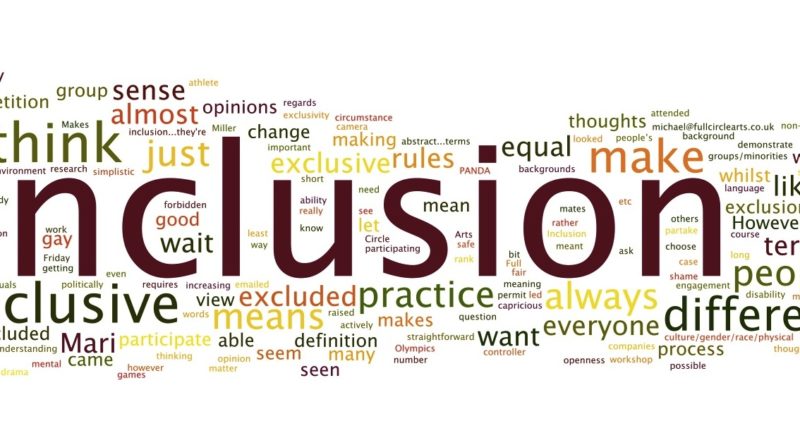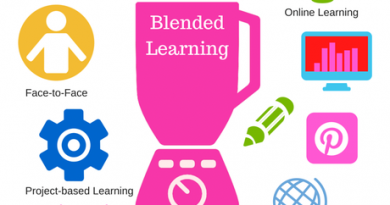CEREBRAL PALSY, A LIFE-CHANGING EDUCATIONAL EXPERIENCE.
It is very likely that the greatest heroes remain unknown in our society; however, sometimes we come across stories like the one by Christopher Albrecht (2018 New York Teacher of the Year), which are a model of dedication, vocational perseverance, professional creativity… And love.
All teachers who work with children with some kind of learning difficulty are aware of the importance of developing a sense of acceptance and self-confidence. Indeed, feeling part of a group is a human need which is highly increased at early ages.
The inclusion of a child with cerebral palsy (CP) in the mainstream classroom is a fascinating challenge that entails a series of considerations prior to any teaching action. In this article we just intend to draw an overall view and present some basic and practical strategies:
Knowledge of the group and individuals. All children are different in their abilities¸ CP causes a wide range of issues, and each child truly has his or her own limitations and abilities. In the learning environments where teachers are better aware of the needs of each student, inclusion is easier.
Children with CP can perfectly be paired up with strong or outgoing children; and perhaps giving them the chance to choose their position may not favour this type of class relations. An indispensable teaching strategy to promote inclusion is that of cooperative learning. Obviously, this implies making the classroom physically accessible for these children with lack of mobility. In this same line, the playground is a natural scenario for inclusion, in which teachers can exert a positive influence providing guided activities, adapting the tasks so that CP children can also have fun.
On the other hand, we cannot forget the role that technologies (ICT) have also opened a vast array of possibilities when it comes to teaching children with special needs. In this sense, Assistive Technology (AT) helps students with a disability to increase level of functioning in all fields, motor, communicative, integrative, and so on. Amongst these resources we may stand out laptops with specific software, like speech to text or text to speech.
There is plenty of research on how inclusive learning environment benefit all participants. Nevertheless, whatever the approach we follow, one thing seems certain; teachers must be the driving force that gently walk children towards effective inclusion.
Video by: Google for Education




